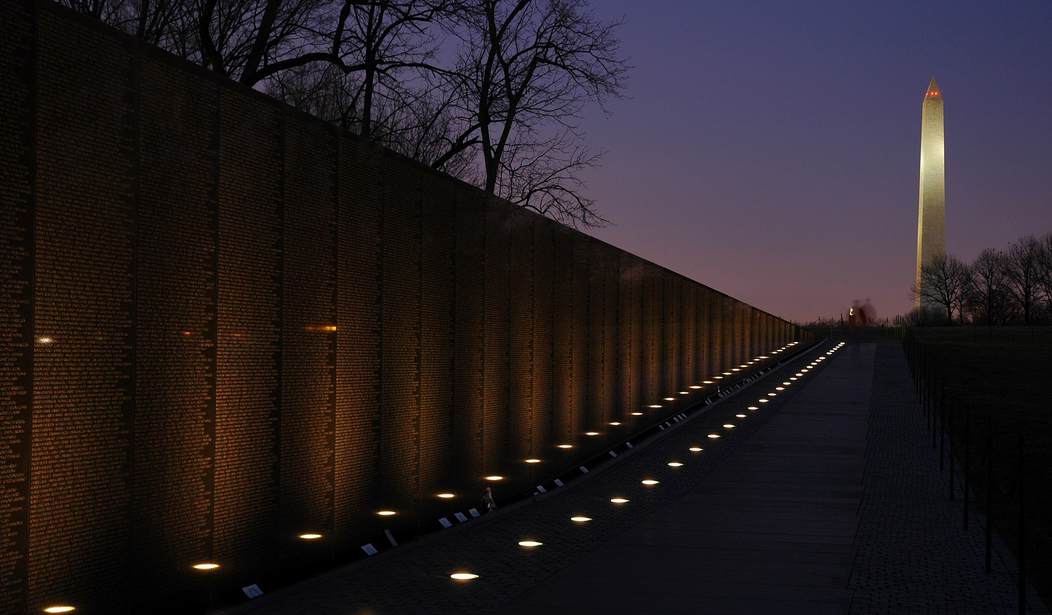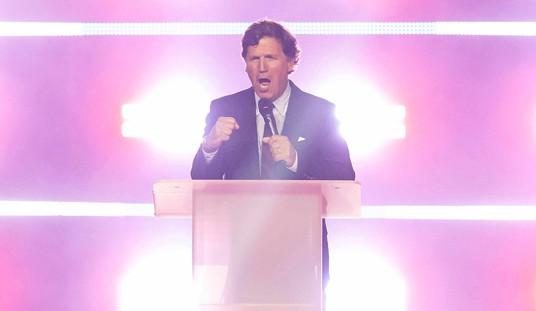Just over half a century ago, this nation sent young men and women to fight in a controversial war in Southeast Asia. After experiencing the horrors of war, many of those veterans came home to face opposition from people on the homefront who were opposed to the war.
The United States lost approximately 58,220 lives in Vietnam. At the war’s peak, 3.5 million Americans were serving in Vietnam, including 11,000 women. The Defense POW/MIA Accounting Agency reports that 2,641 Americans have been declared MIA or POW since 1973, and 1,062 are still unaccounted for.
I was born in the last years of the Vietnam War, and I was too young to remember firsthand how it ended. But the stories of the treatment of Vietnam veterans did register with me. I often think that the stories of how veterans were treated when they came home overshadow the history of the war itself. In American History in high school, I remember engaging in more discussion on what happened to the veterans than on the war itself. Vincent H. Demma’s essay “The U.S. Army in Vietnam” was a good refresher for me.
We can debate the necessity of American involvement in Vietnam, and we can talk about the lessons from that war until we’re blue in the face. But what I want to focus on today is the veterans, since today is National Vietnam Veterans Day.
Related: Memorial to Native American Veterans Dedicated on the National Mall
“After nearly 10 years of fighting in Vietnam, the cost and casualties proved too much for America to bear,” said the narrator in a video from the History Channel contrasting the treatment of Vietnam Veterans with how World War II veterans were received. “The U.S. finally withdrew in 1973, and South Vietnam fell to the communist North two years later. It was America’s first major defeat, and the troops bore the brunt of this loss when they returned home. Many recalled being spat upon or called baby killers. Others felt ostracized as scapegoats for an unwinnable war rife with dishonorable conduct.”
There’s a little bit of subjectivity in that quote, but it does make the valid point that our veterans faced poor treatment when they came home from Vietnam. The federal government made conditions for Vietnam veterans worse by making benefits harder for veterans to achieve. The public and the government finally began to come around to treating Vietnam vets better in the late ’70s and into the ’80s.
One of the factors that helped turn the tide in honoring our Vietnam veterans and training them better was the establishment of the Vietnam Veterans Memorial in Washington, D.C. It’s easy to forget that controversy surrounded the memorial, largely because of Maya Lin’s austere design, which future senator James Webb called a “nihilistic slab of stone.”
But Vietnam veteran Jan Scruggs, who was instrumental in establishing the memorial, thought it was an appropriate way to memorialize those who lost their lives.
“The idea of having all these names permanently displayed in Washington a few blocks from the White House, a block from the State Department, down the street from the U.S. Congress — to me, this was poetic justice,” Scruggs said. “These were the people everyone wanted to forget. They wanted this whole thing to go away, and I didn’t want it to go away.”
I do hope that one of the lessons we’ve learned from Vietnam is that we shouldn’t treat poorly those who fight in wars for the U.S. We may not always agree with the actions they’re fighting in, but we can treat them with the respect they deserve for putting their lives on the line.
Thank you, Vietnam veterans. May future generations of veterans never have to go through what you went through.










Join the conversation as a VIP Member